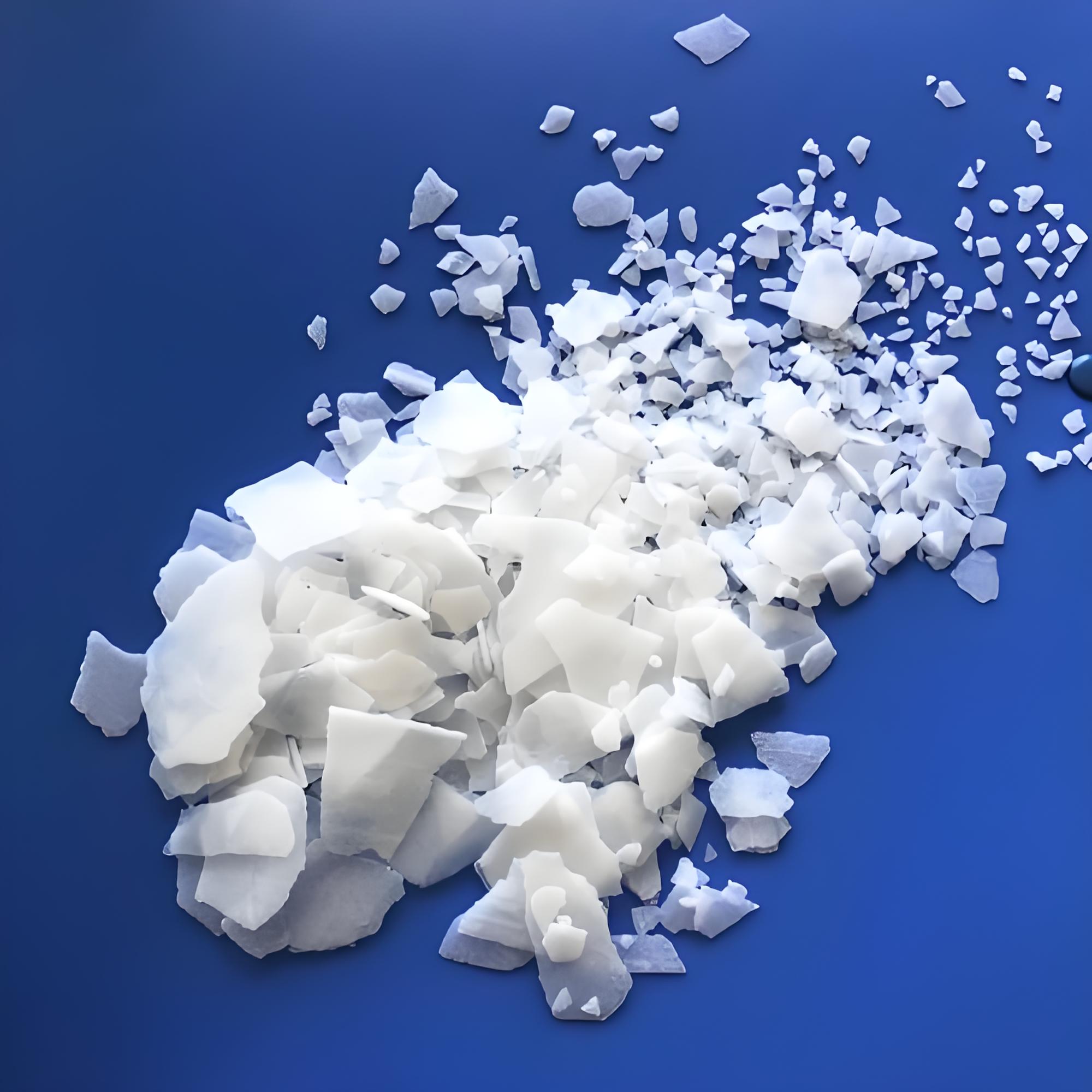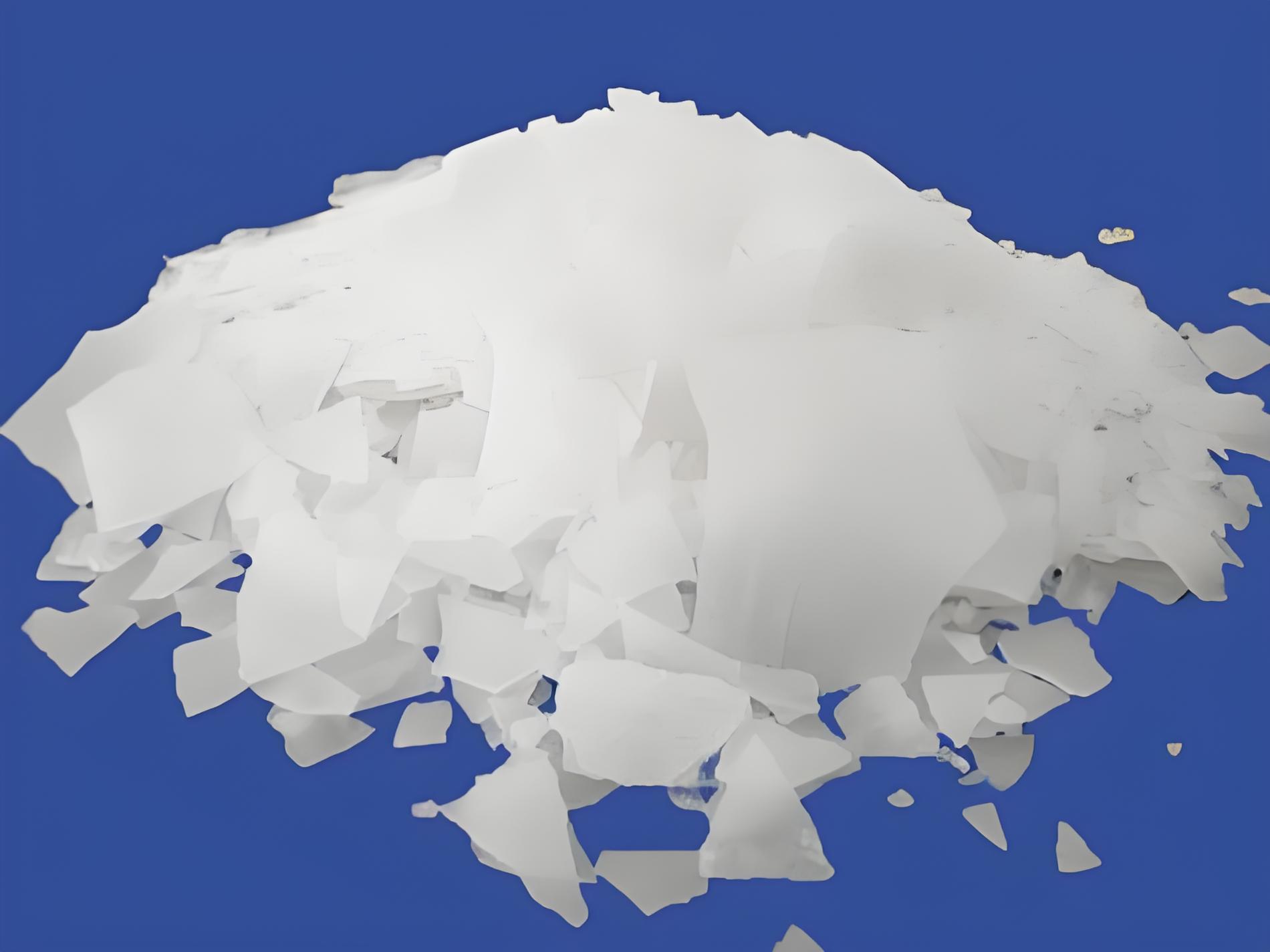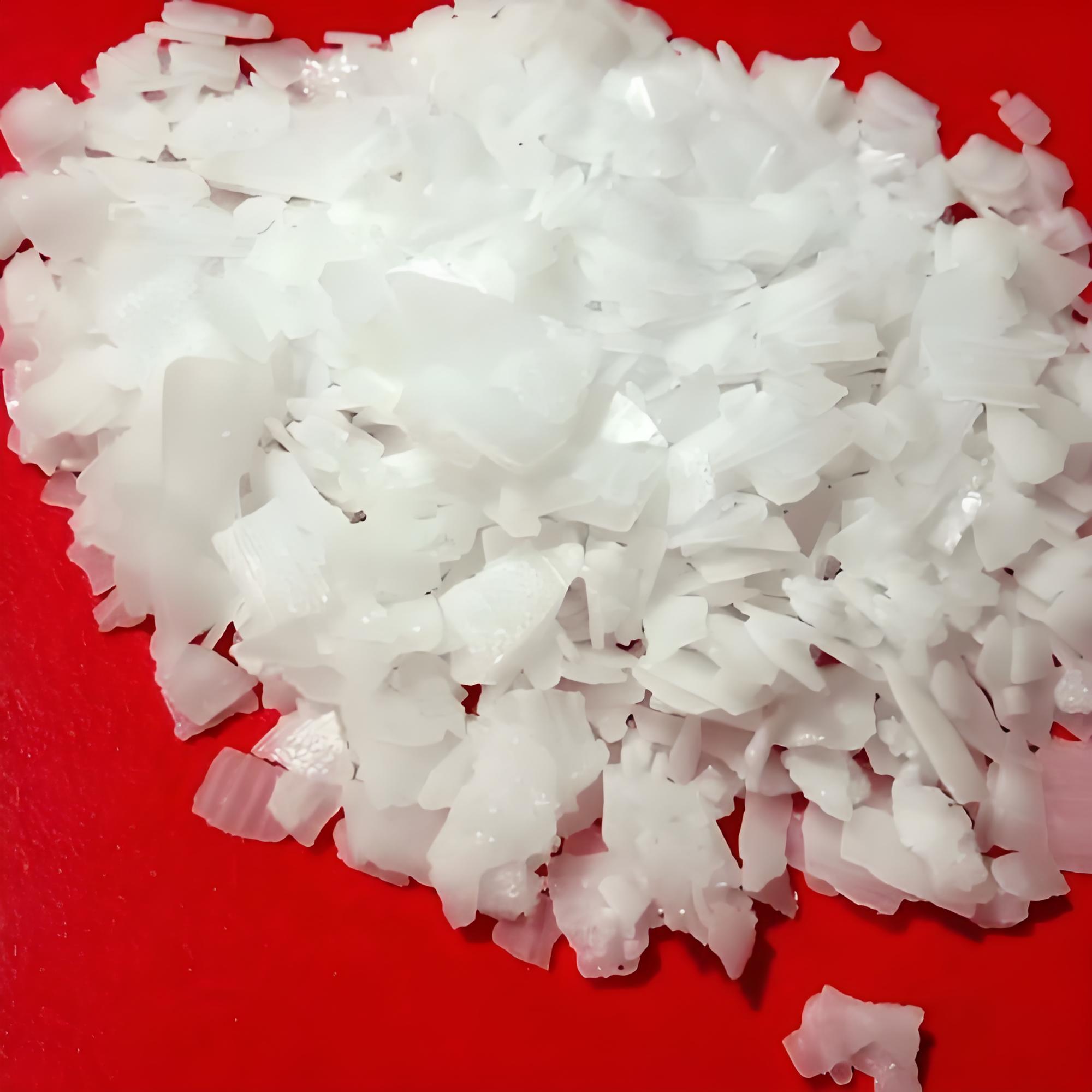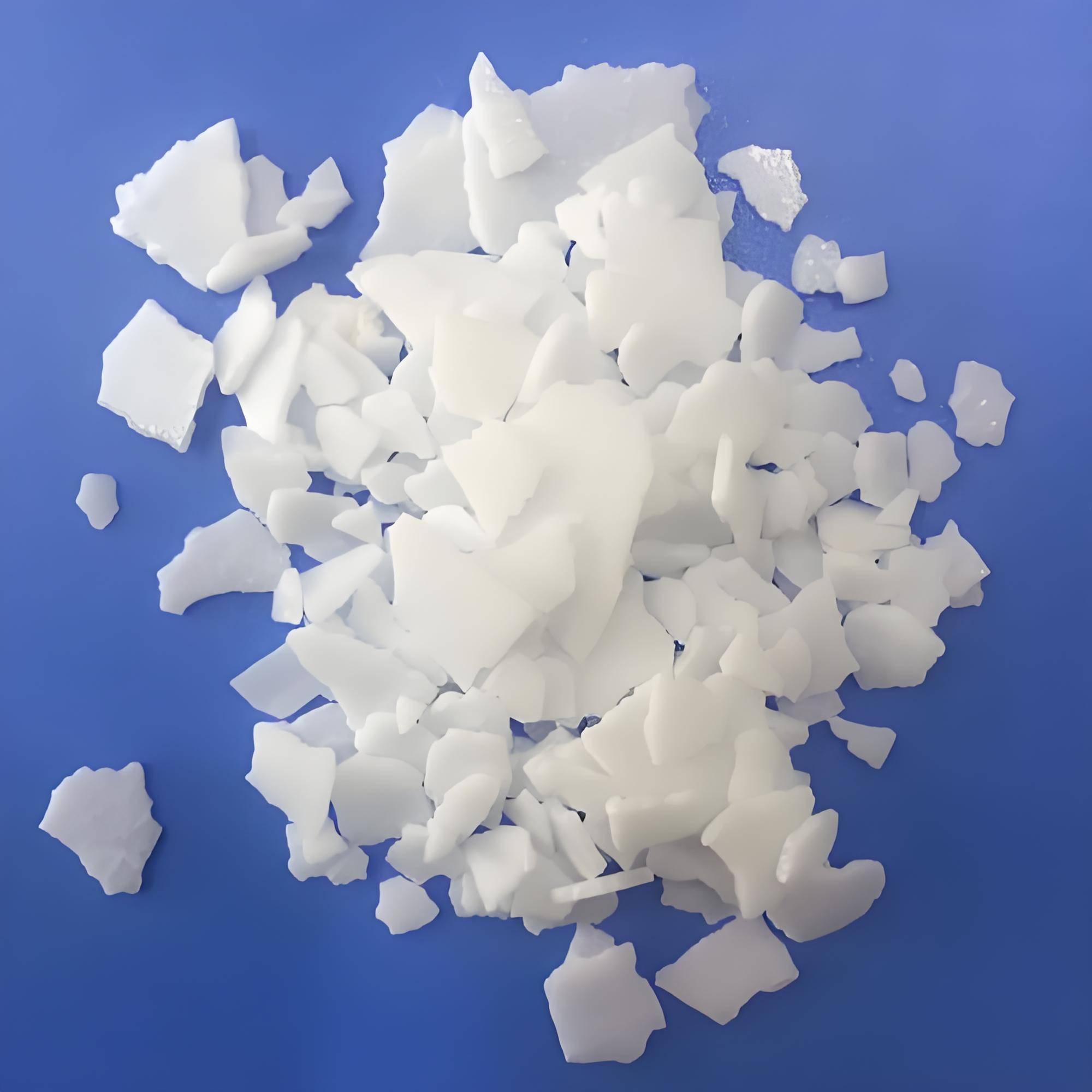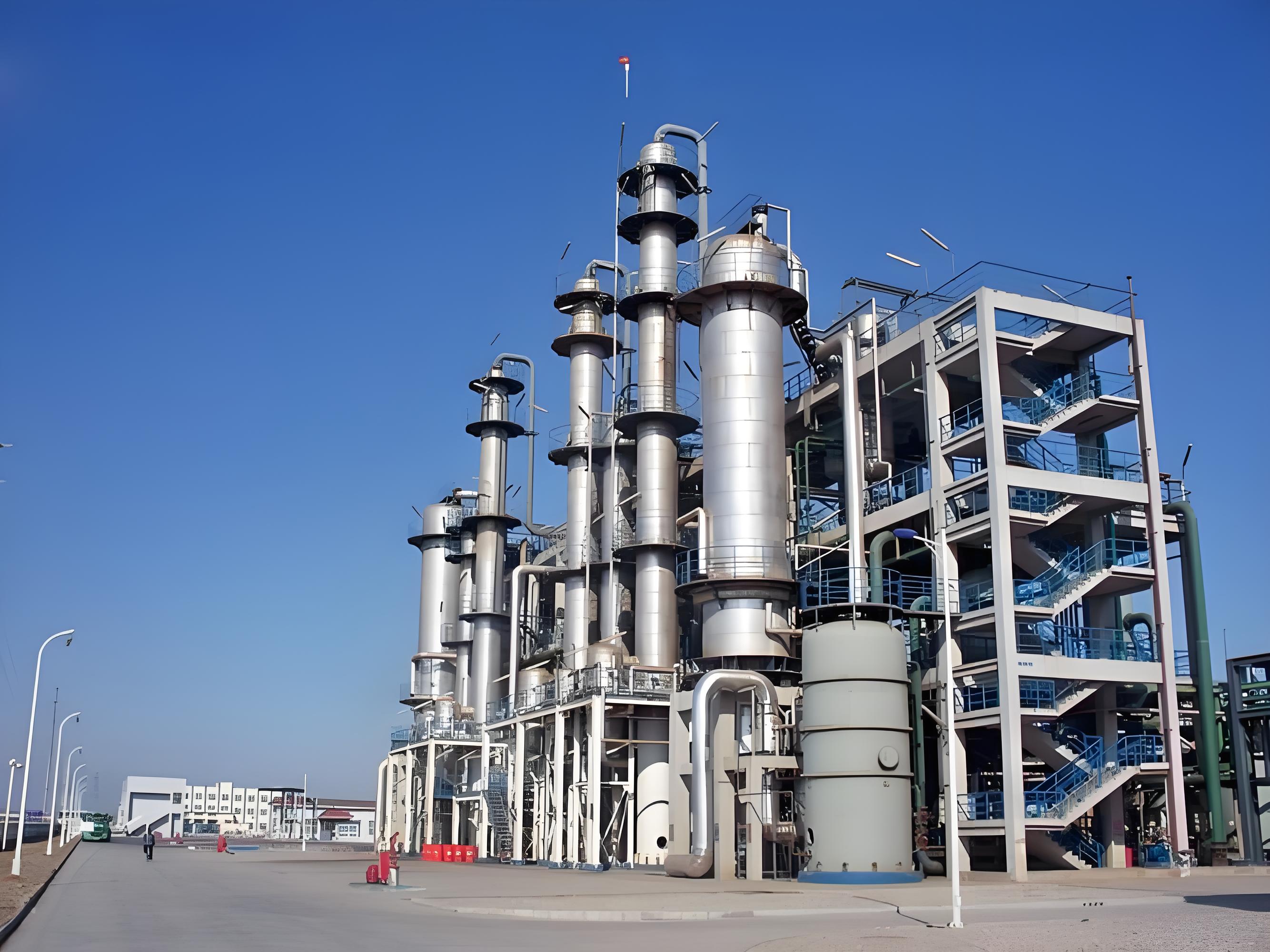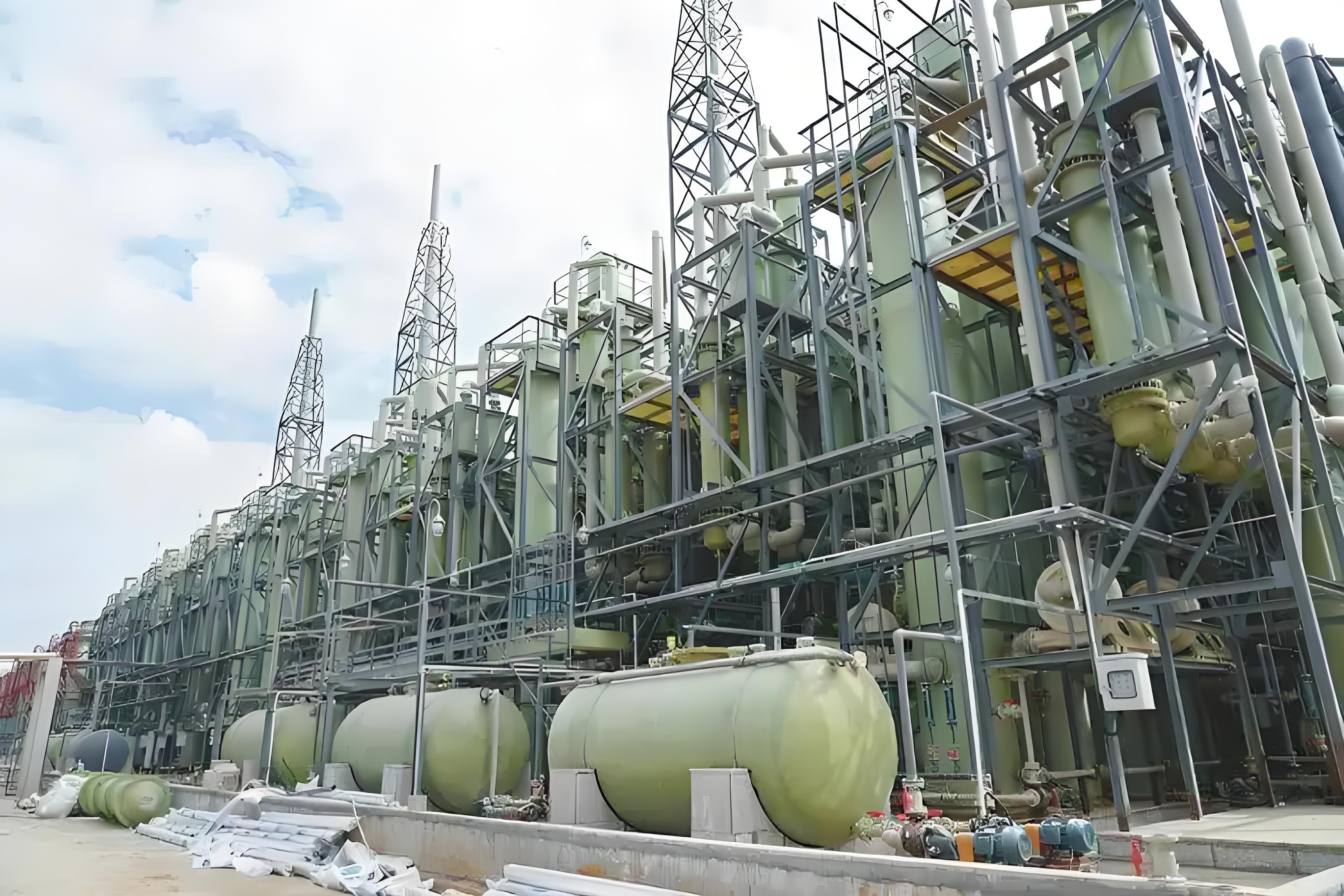Caustic soda and sodium hydroxide pneumatic conveying
On site photos of caustic soda and sodium hydroxide, Dongkai Company provides feasibility analysis, process design, engineering equipment, commissioning, and installation turnkey engineering services for the pneumatic conveying system of caustic soda and sodium hydroxide materials based on actual usage conditions on site
Sodium hydroxide, also known as caustic soda, caustic soda, caustic soda, or caustic soda, is an inorganic compound with the chemical formula NaOH and a relative molecular weight of 39.9970.
Sodium hydroxide has strong alkalinity and strong corrosiveness. It can be used as an acid neutralizer, a masking agent, a precipitant, a precipitation masking agent, a coloring agent, a saponification agent, a peeling agent, a detergent, etc. It has a wide range of applications.
physical property:
Density: 2.130 g/cm ³
Melting point: 318.4 ℃ (591 K)
Boiling point: 1390 ℃ (1663 K)
Vapor pressure: 24.5mmHg (25 ° C)
Saturated vapor pressure: 0.13 Kpa (739 ℃)
Appearance: White crystalline powder
Solubility: soluble in water, ethanol, glycerol, insoluble in acetone, ether
chemical property:
Sodium hydroxide has a corrosive effect on fibers, skin, glass, ceramics, etc. It releases heat when dissolved or diluted in concentrated solutions; Neutralization reaction with inorganic acids can also generate a large amount of heat, resulting in the formation of corresponding salts; Reacting with metallic aluminum and zinc, non-metallic boron and silicon to release hydrogen; Disputation reaction occurs with halogens such as chlorine, bromine, iodine, etc. Can precipitate metal ions from aqueous solutions into hydroxides; The principle of removing oil stains from fabrics is to cause saponification reaction of oils and fats, generating corresponding sodium salts and alcohols of organic acids.
